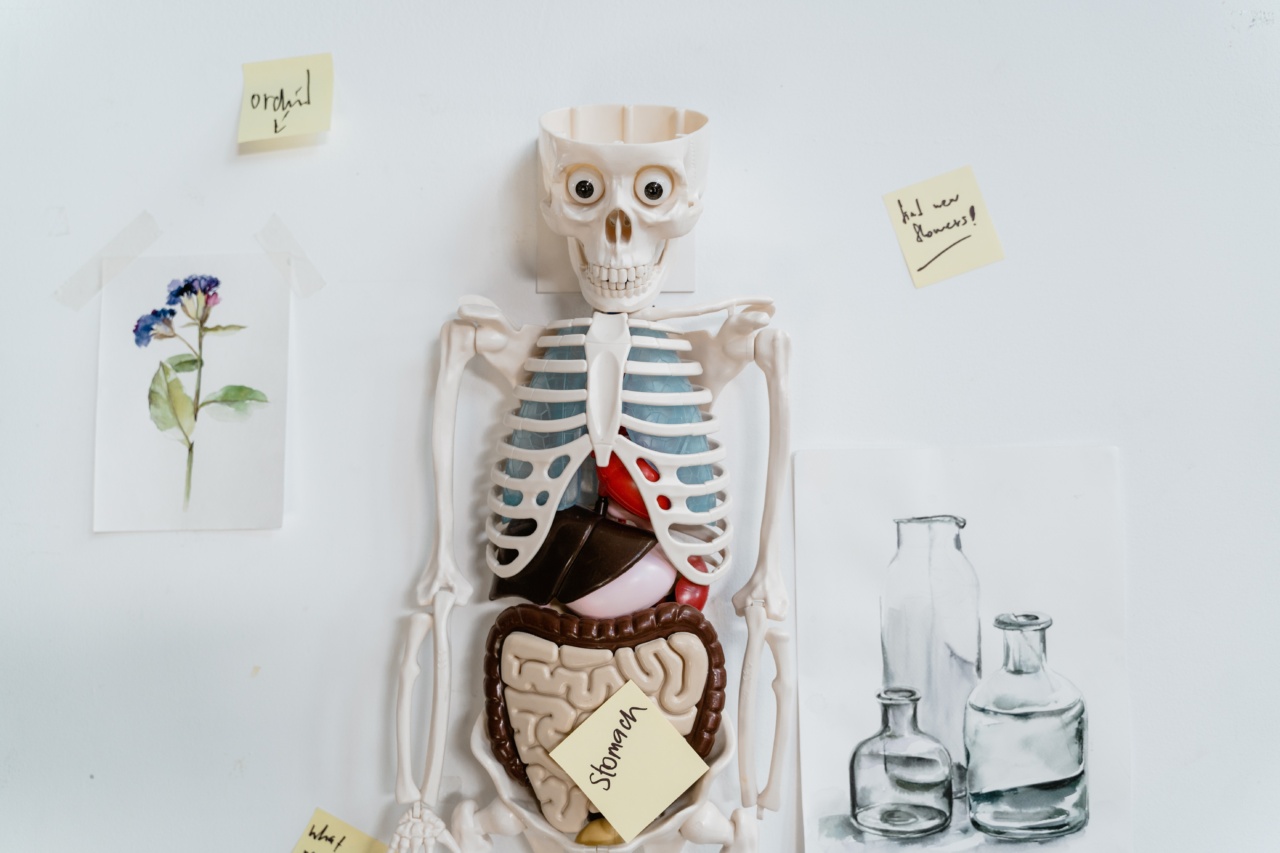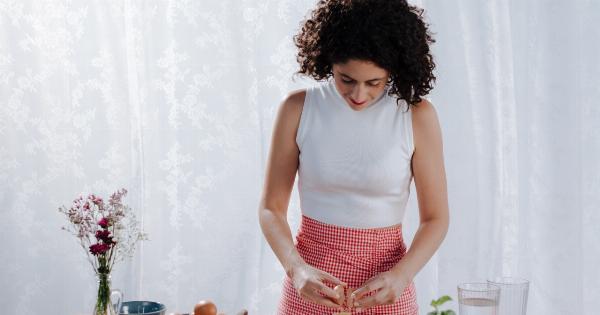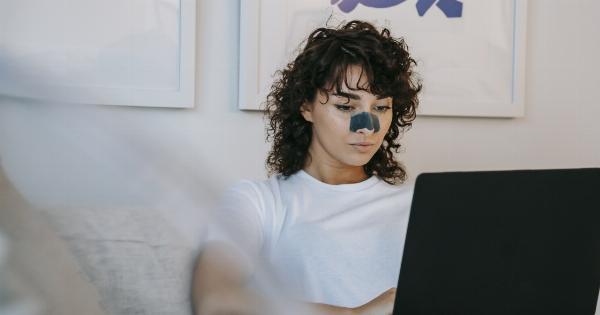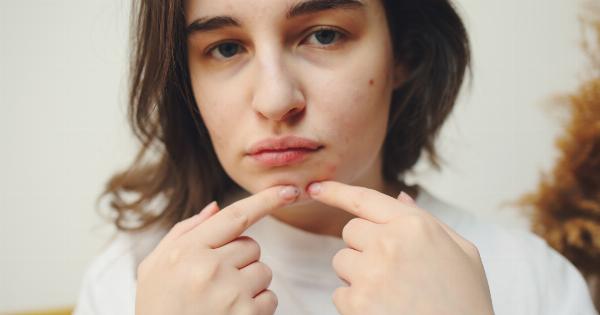Pimples are a common skin condition that affects people of all ages. While most pimples occur on the surface of the skin, some can develop deep within the skin, known as internal pimples.
Internal pimples can be painful and can take longer to heal compared to regular pimples. In this article, we will explore the causes, symptoms, and solutions for internal pimples.
Causes of Internal Pimples
Internal pimples, also known as cystic acne, occur when dead skin cells, oil, and bacteria clog the pores deep within the skin. There are several factors that can contribute to the formation of internal pimples:.
- Hormonal Changes: Hormonal changes, especially during puberty, can trigger the excessive production of sebum (oil) in the skin, leading to the development of internal pimples.
- Genetics: Some individuals are more prone to developing internal pimples due to their genetics. If your parents or siblings have a history of cystic acne, you may be at a higher risk.
- Diet: Poor diet choices, such as consuming high amounts of processed foods, sugary drinks, and dairy products, can contribute to the development of internal pimples.
- Stress: Stress can disrupt the balance of hormones in the body, leading to an increase in oil production and the formation of internal pimples.
- Environmental Factors: Exposure to pollutants and certain chemicals can irritate the skin and contribute to the development of internal pimples.
Symptoms of Internal Pimples
Internal pimples often have distinct symptoms that differentiate them from regular pimples. Some common symptoms of internal pimples include:.
- Pain and Swelling: Internal pimples are often accompanied by pain and swelling due to the inflammation deep within the skin.
- Large Size: Internal pimples are typically larger in size compared to regular pimples on the surface of the skin.
- No Visible Head: Unlike regular pimples, internal pimples do not have a visible white or blackhead at the surface.
- Deep Red Color: The affected area may appear deep red or purplish due to the inflammation.
- Persistent: Internal pimples can last for weeks or even months, and they may not respond well to typical acne treatments.
Solutions for Internal Pimples
Treating internal pimples can be challenging, but there are several solutions that can help alleviate symptoms and promote healing:.
- Topical Treatments: Over-the-counter topical treatments containing ingredients like benzoyl peroxide or salicylic acid can be effective in reducing inflammation and killing bacteria. However, these may not penetrate deeply enough to treat internal pimples fully.
- Prescription Medications: In severe cases, a dermatologist may prescribe oral medications, such as antibiotics or isotretinoin, to help control internal pimples.
- Intralesional Injections: Dermatologists may administer corticosteroid injections directly into the internal pimples to reduce inflammation and promote healing.
- Professional Extraction: Some dermatologists may perform a procedure called acne surgery to manually extract the contents of internal pimples under sterile conditions.
- Lifestyle Changes: Making changes to your lifestyle can also help manage internal pimples. Following a healthy diet, reducing stress levels, and practicing good skincare habits, such as avoiding harsh cleansers and excessive scrubbing, can improve the condition.
- Home Remedies: While not scientifically proven, some people find relief from internal pimples by applying natural remedies such as tea tree oil, aloe vera, or using warm compresses to reduce inflammation.
Prevention Tips for Internal Pimples
Preventing internal pimples is not always possible, but implementing these tips can help reduce the likelihood of their occurrence:.
- Maintain a Healthy Diet: Consume a balanced diet rich in fruits, vegetables, whole grains, and lean proteins, and avoid excessive intake of processed foods, sugary snacks, and dairy products.
- Practice Good Skincare: Cleanse your face twice a day with a gentle cleanser suitable for your skin type. Avoid harsh scrubbing and excessive touching of your face.
- Avoid Picking or Squeezing: Popping or squeezing internal pimples can worsen inflammation and increase the risk of infection and scarring.
- Manage Stress: Find healthy ways to manage stress, such as practicing relaxation techniques, exercising, or engaging in hobbies.
- Protect Your Skin: Use sunscreen with a high SPF to protect your skin from harmful UV rays, and avoid exposing your skin to harsh environmental factors.
Conclusion
Internal pimples, or cystic acne, can be a troublesome and painful skin condition. It is essential to understand the causes, symptoms, and available solutions to effectively manage and prevent internal pimples.
If over-the-counter treatments do not work or if your condition worsens, consult a dermatologist for proper diagnosis and individualized treatment.

























